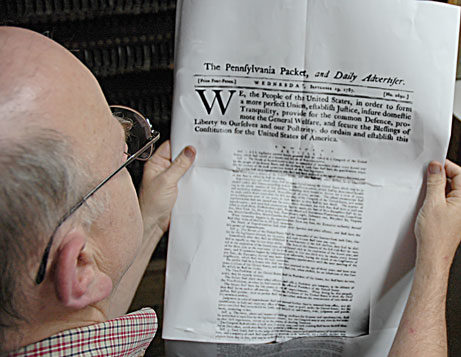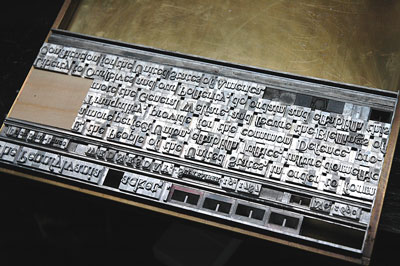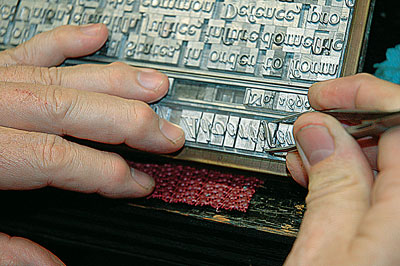Delegates to the Constitutional Convention signed the Constitution in Philadelphia on September 17, 1787. The fifty-five delegates who signed this monumental political document were the best minds of the Colonies at the time. The Constitution was forwarded to the Congress and the following year was ratified by conventions in nine states, which made it the law of the land.
Two days after its signing, the Pennsylvania Packet and Daily Advertiser printed the entire text of the Constitution in its issue dated Wednesday, September 19, 1787. John Dunlap and David C. Claypoole were publishers of the Packet at the time. The two men alternated as official printers to the Continental Congress.






